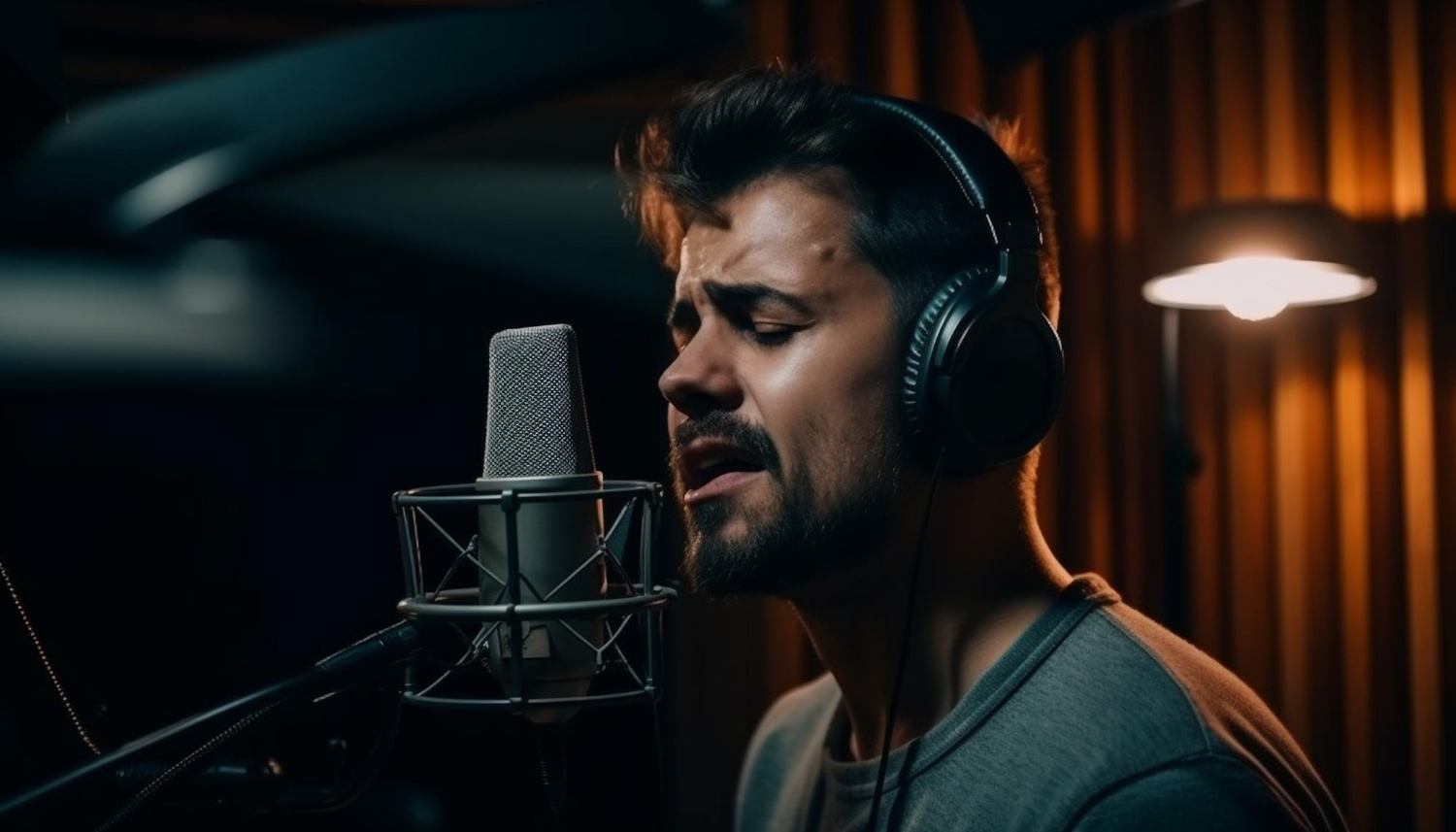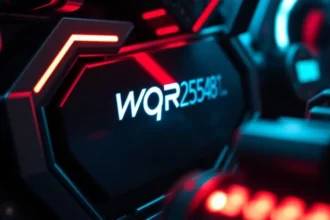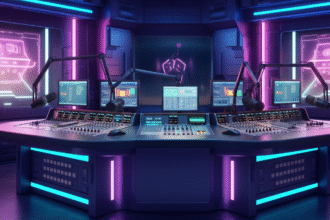Voice acting has long been an art form dominated by human skill, emotion, and talent. The ability to bring characters to life, convey messages, and captivate audiences depends heavily on the performer’s voice and delivery. However, advancements in artificial intelligence are redefining this landscape. One of the most significant developments is the emergence of AI voice-over generators, transforming voice acting into a tech-driven field. From streamlining production to enabling new creative possibilities, these innovations pave the way for a future where technology and artistry converge.
The Evolution of Voice-Over Technology
Traditionally, voice-over production involves a meticulous process. Producers would hire voice actors, book recording studios, and spend hours fine-tuning performances to match the intended tone. While this method delivered excellent results, it was time-consuming and costly. Over the years, advancements in audio recording software and editing tools simplified some aspects of the process, but the core reliance on human voice actors remained intact.
The arrival of AI has changed the narrative. AI-powered voice-over tools use sophisticated algorithms and machine learning to synthesize human-like voices. By analyzing vast amounts of voice data, these tools replicate the nuances of human speech, including intonation, emotion, and pacing. This evolution has opened up opportunities that were previously unimaginable.
How AI Voice-Over Generators Work
An AI voice-over generator operates by leveraging neural networks to analyze and generate speech patterns. Developers train these systems on extensive datasets, which often include recordings of various voices, accents, and languages. The AI learns the characteristics of speech, such as rhythm, pitch, and tone, enabling it to recreate these elements convincingly.
Users typically input a script into the tool, select a voice profile, and fine-tune settings to achieve the desired style. Advanced systems can even mimic specific emotions, making the voice-over more engaging. The generated output is not only realistic but also consistent, eliminating variability that might occur with human performers.
Transforming the Voice Acting Industry
1. Accessibility for Small Creators
One of the most profound impacts of AI voice-over technology is its democratizing effect on content creation. Small businesses, independent filmmakers, and amateur creators can now access high-quality voice-overs without breaking their budgets. Previously, professional voice acting services were often prohibitively expensive for these groups. AI tools allow them to produce professional-grade content efficiently and affordably.
2. Multilingual Capabilities
AI voice-over generators excel in creating content for global audiences. They can produce voice-overs in multiple languages and accents with minimal effort, breaking down language barriers. This capability is particularly valuable for industries like e-learning, marketing, and entertainment, where reaching diverse demographics is crucial.
3. Speed and Efficiency
Traditional voice-over projects can take weeks or months to complete, especially for large-scale productions. With AI, this timeline is significantly shortened. Once a script is finalized, voice-over generation can happen in minutes. This rapid turnaround is especially beneficial for fast-paced industries such as advertising and social media content creation.
4. Customization and Personalization
AI technology enables unprecedented levels of customization. Users can tailor voices to match their brand identity or project requirements, ensuring consistency across all materials. For instance, a company can use the same AI-generated voice for its advertisements, customer support, and internal training materials, creating a cohesive brand experience.
Challenges and Ethical Considerations
While the benefits of AI voice-over technology are undeniable, its rise also presents challenges.
1. Impact on Human Voice Actors
One of the most pressing concerns is the potential displacement of traditional voice actors. As AI tools become more advanced and widely adopted, some fear that demand for human talent will decline. However, proponents argue that AI should complement, not replace, human actors by handling repetitive or low-budget projects, leaving more complex and creative roles to humans.
2. Authenticity and Emotional Depth
Despite their advancements, AI-generated voices can sometimes lack the depth and authenticity of human performances. Emotional nuances, subtle pauses, and imperfections that make voices relatable can be difficult to replicate. This limitation means that human actors will continue to play a vital role in high-stakes productions.
3. Misuse and Ethical Concerns
The misuse of AI voice-over generators is another concern. For example, the technology could be exploited for deepfakes or unauthorized voice cloning. To mitigate these risks, developers and policymakers must establish ethical guidelines and implement safeguards.
Future Trends in AI Voice Technology
As technology evolves, AI tools will likely become even more sophisticated. Innovations on the horizon include real-time voice generation, more diverse voice profiles, and the ability to mimic specific voices with greater precision. These advancements could expand AI’s applications, from live customer support to interactive gaming experiences.
Furthermore, integration with other AI-driven solutions, such as AI tools for video editing or marketing, will create streamlined workflows for content creators. By combining voice generation with video production or animation, creators can achieve seamless results with minimal effort.
The Human-AI Partnership
Despite concerns, the future of voice acting is not a zero-sum game between AI and humans. Instead, it represents an opportunity for collaboration. Human actors can leverage AI to enhance their performances, experiment with new creative possibilities, and even reach global audiences through multilingual content.
For producers and creators, AI simplifies logistical challenges, enabling them to focus on storytelling and artistic vision. By embracing this synergy, the industry can strike a balance between technological efficiency and human ingenuity.
Conclusion
The rise of AI voice-over generators marks a pivotal moment in the evolution of voice acting. These tools are revolutionizing the industry by making high-quality voice-overs more accessible, efficient, and customizable. At the same time, they challenge us to consider the ethical implications and find ways to preserve the artistry of human performance. As AI continues to reshape creative industries, the key to success lies in harnessing its potential while upholding the integrity of the craft. In this journey from script to sound, technology is not just a tool—it’s a partner in creativity.
















